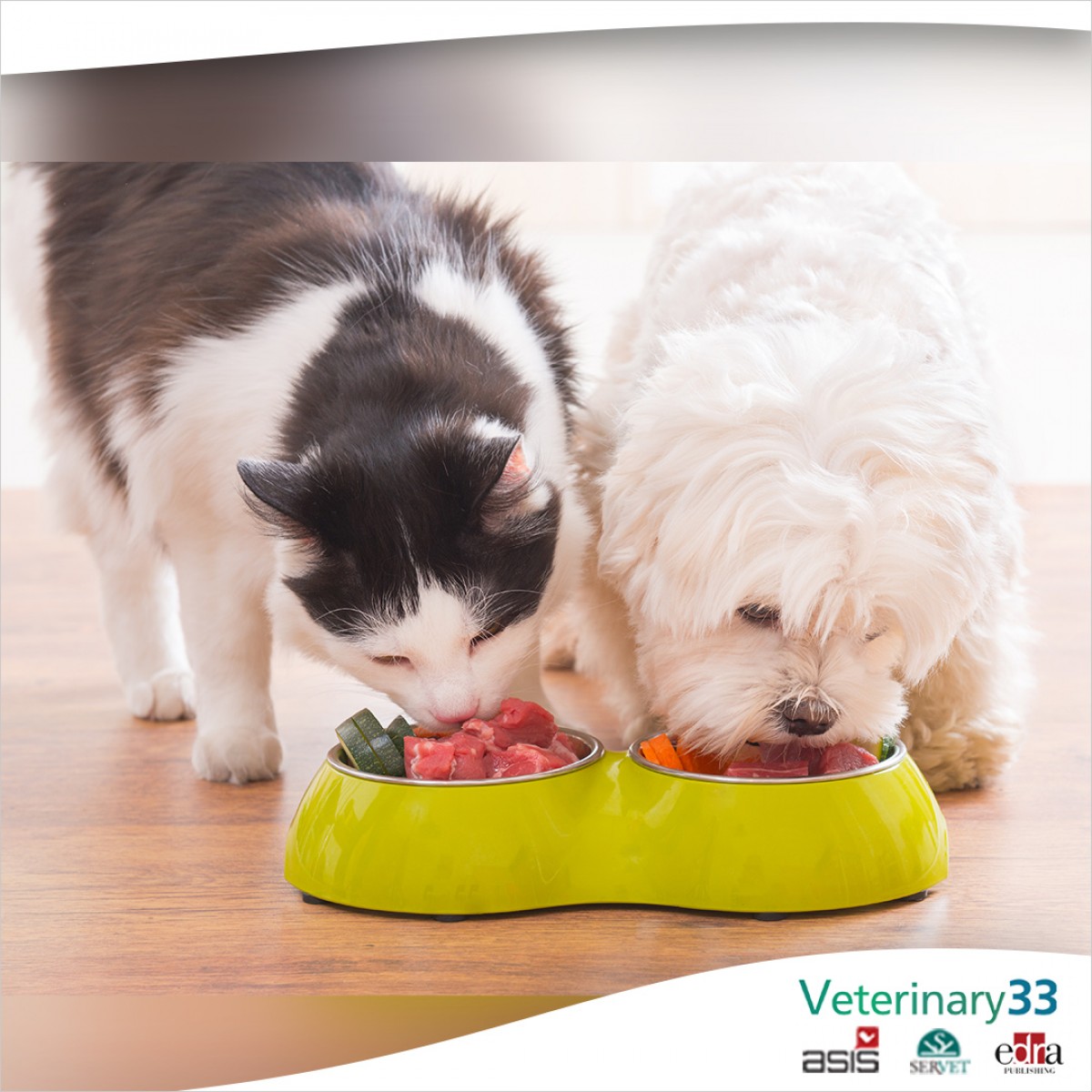Pet Food Market Trends
Over the past several decades, humans have formed closer relationships with their pets, and pet owners obviously want to provide excellent nutrition for their four-legged family members. Pet food is the number one expense for pet owners, and dog owners spend on average $442 and cat owners about $329 on pet food annually. Pet food sales are expected to continue to increase, as pet owners demand higher quality nutrition for their pets. This is reflected in the pet food industry as the market offers larger arrays of high-quality options to appease discriminating consumers. Let’s look more closely at some of the popular pet food trends offered on the market today.
Fresh pet food
Fresh pet food refers to food made with natural ingredients, such as beef, chicken, lamb, vegetables, and fruits, with few or no preservatives. These diets can be made at home, but numerous fresh pet food delivery services offer nutritious options that are much more convenient than cooking for your pet. If your clients decide to feed their pet a homemade diet, ensure they prepare and cook their food following a recipe formulated by a veterinary nutritionist, to ensure the diet is balanced and complete. Many fresh pet food services collaborate with pet nutritionists to ensure their products contain the appropriate balance of nutrients to meet a pet’s needs, and also individualize the diet based on the specific pet’s weight, breed, age, activity level, body composition, and allergies. Most companies deliver their product in pre-portioned packages that can be stored in a pet owner’s refrigerator or freezer until meal time. Fresh pet food diets tend to have a lower caloric density than kibble diets, and the wet or semi-moist consistency is typically more palatable to pets than dry kibble.
Raw pet food
Raw pet food typically contains organ meats, muscle meat, whole or ground bone, raw eggs, fruits, vegetables, and some dairy products. Raw diet advocates cite benefits for pets, including increased energy, shinier hair coats, healthier skin, improved dental health, and smaller stools. The American Veterinary Medical Association (AVMA) discourages feeding pets any animal source protein that has not been appropriately processed to eliminate pathogens, because of the risk to pets and their owners. Other risk factors include potentially feeding pets an unbalanced diet, and whole bones in the diet possibly injuring the pet’s mouth or gastrointestinal tract. Raw diets are contraindicated for pets who live with children, senior citizens, pregnant women, or immunocompromised individuals. Pets with health issues, such as pancreatitis and cancer, and puppies and kittens should not be fed a raw food diet. If your clients decide to feed their pet a raw diet, ensure they prepare and handle the food properly, to maintain appropriate sanitation.
Freeze-dried pet food
Freeze-dried pet food is a subset of raw pet food. Freeze drying pet food involves removing all moisture from the food using a freeze dryer. The food is first frozen, and the freeze dryer uses cold temperatures and pressure to turn the ice directly into water vapor. This process is called sublimation, and allows the food structure to remain intact and retain most of its nutritional value. Freeze drying kills some bacteria, but pathogens can survive the process, making the food unsuitable for pets living with children, senior citizens, pregnant women, or immunocompromised individuals, or for young or ill pets. Freeze-dried pet foods are typically more expensive than regular raw diets, because of the added step of freeze drying the product. Proper handling and sanitation are important when feeding pets a freeze-dried diet to avoid cross contamination.
Gently cooked pet food
Gently cooked pet food is food heated or cooked to the temperature required to kill pathogens such as Salmonella and Escherichia coli. This process ensures the bacteria in the raw ingredients are killed, and preserves the food’s nutritional value. Beef and pork products are cooked to 145 degrees, and chicken and turkey products are cooked to 165 degrees. These temperatures are far lower than those used to cook typical canned foods, which can reach 230 to 275 degrees. Gently cooking allows the ingredients to retain more flavor and nutrients without the risk of bacterial contamination.
Alternative protein pet food
Many pet owners are concerned about sustainability, so they have looked for alternative protein sources for their pet’s food. These diets also can be useful in treating pets with food allergies or gastrointestinal issues. Currently, protein-rich alternatives to natural meat used in the pet food industry include tofu, legume and plant byproducts, wheat gluten, lab-grown meat, and insects. If your client is looking for an alternative pet food, ensure the product was formulated by a veterinary nutritionist, so their pet receives the appropriate nutrients.
Functional pet food
Functional ingredients in pet foods are those with special nutritional benefits for a pet’s general wellbeing, or that address a specific health concern, such as digestion, joint health, immunity, and dental health. Examples include prebiotic fibers, probiotic bacteria, omega-3 fatty acids, and enriched selenium yeast. Particular functional ingredients may be beneficial to pets at different life stages, and some may help pets who are suffering from certain diseases.
Helping your clients identify the right balanced, nutritious diet for their pet is critical for your patients’ health. As a veterinarian, you are your clients’ best source of advice, and knowing about popular pet food trends will allow you to help them make the best choice for their pets.









List
Add
Please enter a comment